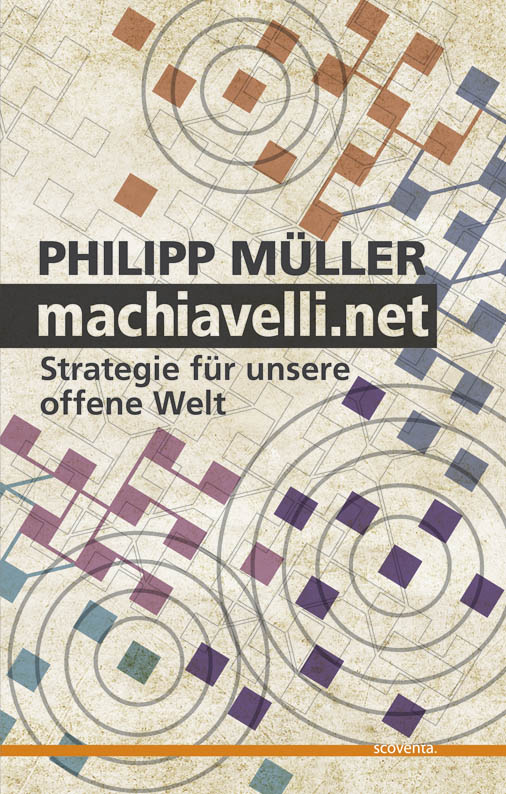Rethinking/Rebooting US-Mexican Relations
In early December at the Harvard Kennedy School, I co-chaired a workshop where we asked, “should we aim to re-shape the policy discourse on North American integration, by applying some of the lessons learned from how the European Union interacts with poor and fragile states at its South-Eastern borders?”
This idea is at once simple and obvious (learn from global best practices) and radical (it forces us to rethink almost everything we assume about national sovereignty and the contemporary US and Mexican policy discourses), therefore, it needs careful reflection.
The backstory
Let me start with a caveat – we came to this question from very different perspectives. Mary and I are not integration scholars. Mary is working on development issues in Latin America and she heads the Mexico program at the Kennedy School. I have headed a public policy program in Mexico for some years, but today am interested in how network technologies shape public policy and head the center for public management and governance at the business school in Salzburg. I have left Mexico three years ago and only go back once or twice a year.
We have worked together for the last 7 years in our roles as coordinators of an academic exchange agreement between Tec de Monterrey and the Kennedy School, on several research projects, and executive programs. During all this time, North American integration has been the backdrop to our discussions. However, 10 years after NAFTA, it was not the topic we dared to touch in our work.
In parallel in Europe, there have been three major, even revolutionary, changes in European border regimes in the past two decades. These represent transformation in both thinking and practice with regard to borders and international cooperation to secure them.
- removing the EU’s internal borders (Schengen)
- extending the Schengen acquis and institution building to countries with initially weak institutions in Central and South East Europe (Schengen enlargement)
- defining reforms of security institutions, border regimes and policing in countries on the Eastern border of the EU in return for visa-free travel (visa road maps)
They have all been very much security oriented—precisely because they have involved revolutionary changes. The Germans, for example, have accepted that “their” external borders are protected first by each other, then by Poles, and soon by Romanians – this goes way beyond giving up the Deutsche Mark for the Euro.
In effect, the German external border has moved to the Hungarian-Romanian border and is going to move to the Romanian-Moldovan border in the Spring of 2011. Therefore, making sure that security risks are minimized has been crucial to the acceptance of each successive step. From the perspective of countries like Poland and Romania, the approach was just as radical. The European Union specified and controlled processes that are integral to the sovereignty of any nation. However, the combination of medium term carrots (visa-free travel, accession), with clearly specified sticks (process-reengineering, quality control) worked wonders for these countries.
So from time to time over a Margarita in Mexico or a Samual Adams in Cambridge, we would discuss the argument that there must be something to be learned from the European process. This summer, finally, while we were co-teaching in a summer program here in Cambridge that Mary was organizing, we met Gerald Knaus, from the European Stability Institute, one of the master-minds behind the European success story (or at least a facilitator).
The Analogy
Analogies are structural mappings from one familiar domain onto a different domain. They are not true in themselves, but potentially helpful to shed light on difficult problems.
The analogy is that the challenges and opportunities Mexico and the US are facing structurally comparable to the challenges and opportunities that Southern and Eastern European countries and the European Union are facing.
The assumption is that at least some of the practices that have shown tremendous success in Europe can be transferred to the Mexican-US situation.
Our Vision – Join us in the upcoming year and help with research, awareness-creation, and fund-raising!
- Develop a research community that is concerned about the topic.
- Develop a set of best practices from the European analogy that can be implemented in the North American context.
- Shape the policy discourse on North American integration for years to come.
- And address the biggest policy challenge that the United States is confronted with at this time in history.
 Author of machiavelli.net, proud father of three, interested in shaping network society. Welcome to my blog.
Author of machiavelli.net, proud father of three, interested in shaping network society. Welcome to my blog.